Boost Sales and Cut Returns: Size Chart for Online Clothing Retailers
Are you an online clothing retailer, particularly a small or medium-sized business, struggling with the costly challenges of high return rates and customer dissatisfaction stemming from sizing issues? In the competitive world of e-commerce, inaccurate sizing significantly impacts your profitability, brand image, and customer loyalty. This article provides actionable best practices to create effective size charts and decrease returns. Implement these expert tips for immediate improvements in customer satisfaction and business growth.
1. Understanding the critical role of size charts in online retail
1.1 The high cost of sizing inaccuracy: Returns and customer dissatisfaction
The impact of sizing inaccuracy is substantial, especially in e-commerce. The financial impact of returns, driven by sizing errors, is a significant concern. The average return rate for online clothing is often high, draining resources. Furthermore, sizing issues directly contribute to customer dissatisfaction, prompting negative reviews and decreased brand loyalty.

1.2 Size charts as a conversion catalyst: Building purchase confidence
Effective size charts are a critical tool in conversion optimization. Clear and accurate size charts build customer trust. This improves the overall customer experience, therefore encouraging purchases.

2. Decoding size charts: Internal vs. external – What retailers need to know
2.1 Internal size charts: The foundation of consistent sizing (For brands)
Internal size charts define and standardize garment measurements. They ensure consistent sizing across all styles, building brand standards, and controlling the manufacturing process. This promotes quality control and leads to consistent sizing across production.

2.2 External size charts: Your customer’s sizing guide (For retailers)
External size charts are customer-facing tools for online retailers. They are essential for online shoppers, aiding them in the size selection process. They must be designed for user-friendliness and a clear understanding.
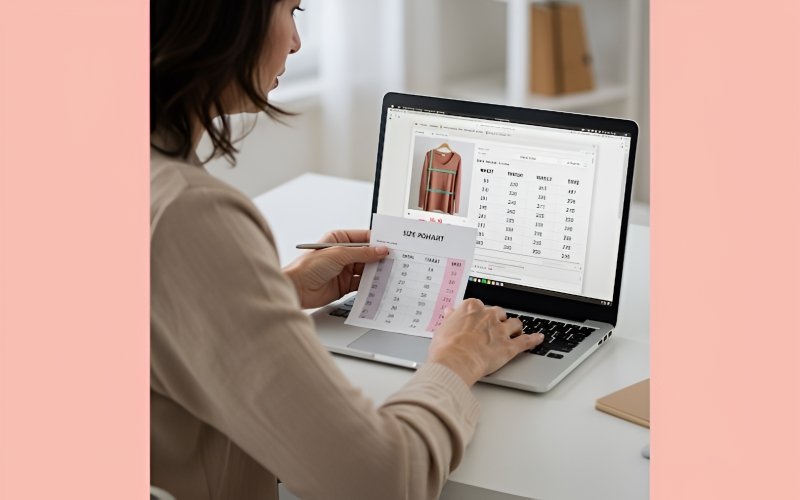
3. Crafting high-converting size charts: Essential elements and best practices
3.1 Body measurements are king: Focus on the customer, not the garment
The most important element of a size chart is to utilize body measurements. This approach is more accurate and user-friendly, reducing confusion and improving sizing accuracy for customers. You want customers to measure themselves, not the garment itself. Focus on providing guidance for measuring the bust, waist, and hips.

3.2 Clarity is key: Units, sizing systems, and visual aids
Clear presentation is key to a successful size chart. Use multiple measurement units (inches and centimeters). Include both conventional (S, M, L) and numeric sizing options. Visual aids like images, illustrations, and videos are incredibly useful for guiding customers and helping them interpret measurements.
3.3 Brand-specific and product-specific charts: Tailoring for accuracy
Create brand-specific size charts, especially if you are a multi-brand retailer. Create tailored charts to different product types, such as dresses, pants, and tops. Product-specific charts provide relevant, precise sizing information.
3.4 Ease allowance: Bridging the gap between body and garment (Advanced)
Ease allowance is a critical concept in garment design, referring to the intentional extra fabric added to a garment beyond the customer’s actual body measurements. This extra fabric allows for both fit and comfort, providing room to move.
This is an advanced technique, however, it is important to understand the concept. A garment without ease allowance would be skin tight. Typical ease allowances vary depending on the garment type and desired fit. For example, the chest, waist, and hip measurements will generally incorporate different amounts of ease. These allowances will vary, allowing clothing designers to create more detailed and professional sizing.
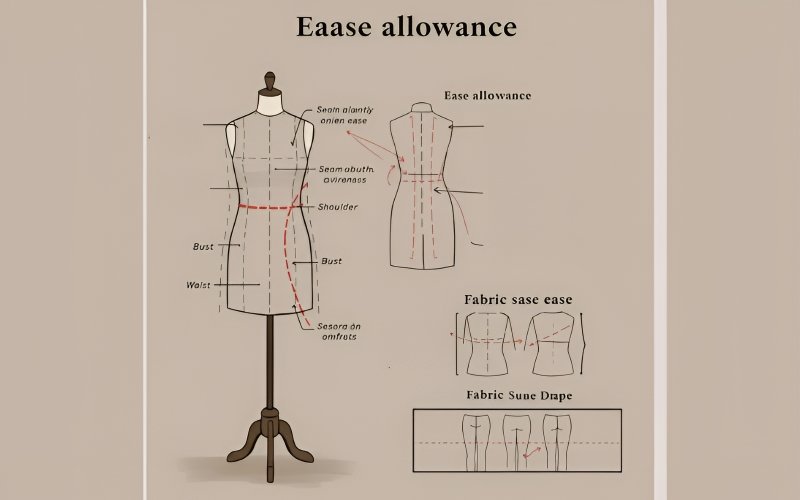
4. Optimizing the size chart user experience for higher conversions
4.1 Prominent placement and easy access: Size guide link is your friend
Placing the size chart link prominently on your product page, and making it easy to access, is a simple yet effective way to improve website usability. Position the link near the size selection dropdown, so customers can easily find the information they need to make a purchase. This small change significantly enhances customer navigation, improves the overall user experience, and can increase conversions.

4.2 Model measurements and customer reviews: Social proof and real-world fit
Including model measurements, such as height and the size of the garment the model is wearing, provides valuable context. Displaying this information helps customers visualize how the garment will fit. Customer reviews can provide equally valuable sizing feedback and serve as social proof. Emphasizing both model details and customer reviews builds trust and offers real-world fit references that are highly influential during the online shopping experience.
4.3 Mobile-first size charts: Catering to the mobile shopper
Mobile-optimized size charts are not just an option, they are a necessity. The majority of online shopping occurs on mobile devices, so it is essential that your size charts are responsive and easy to view and use on smartphones and tablets. Ensure your size charts are designed with mobile accessibility in mind, and focus on creating a positive user experience for mobile shoppers.
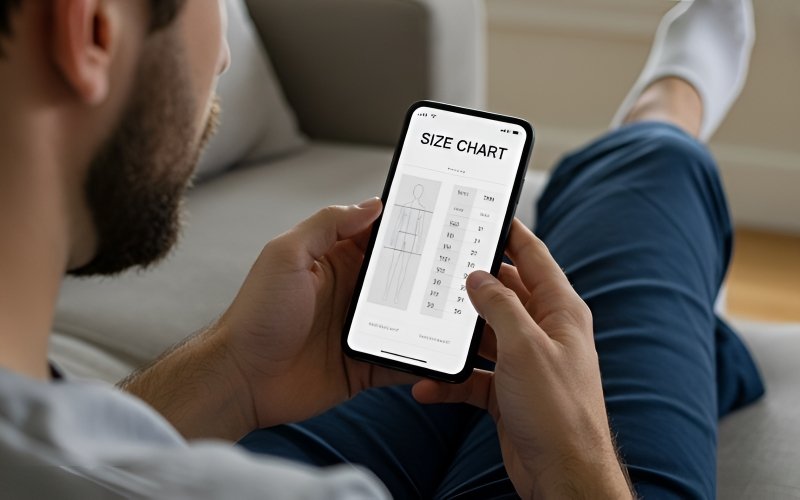
4.4 Interactive size charts and size recommendation tools (Future-forward)
Explore and consider embracing advanced technologies. Interactive size charts and AI-powered size recommendations are innovative solutions designed to enhance the customer experience. These technologies offer personalized sizing and improve the customer experience and are shaping the future of e-commerce.
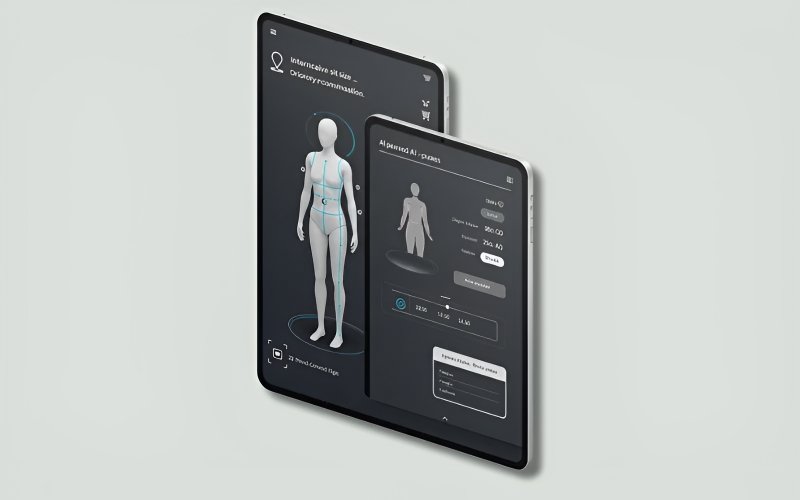
5. Tools and technologies to streamline size chart creation and management
5.1 From spreadsheets to PIM systems: Choosing the right tools
Choosing the right tools for creating and managing size charts is essential for efficiency. The options range from basic to advanced. Spreadsheets, such as Excel or Google Sheets, offer a basic level of organization and are often suitable for smaller businesses with simpler product lines. However, as your business grows, and product data becomes more complex, consider moving to a PIM (Product Information Management) system.
PIM systems offer robust product data management, and advanced features to ensure your information is organized. Choosing the right tool should depend on the size of your business, the complexity of your product data, and your specific needs. Some platforms offer integrations with e-commerce platforms.
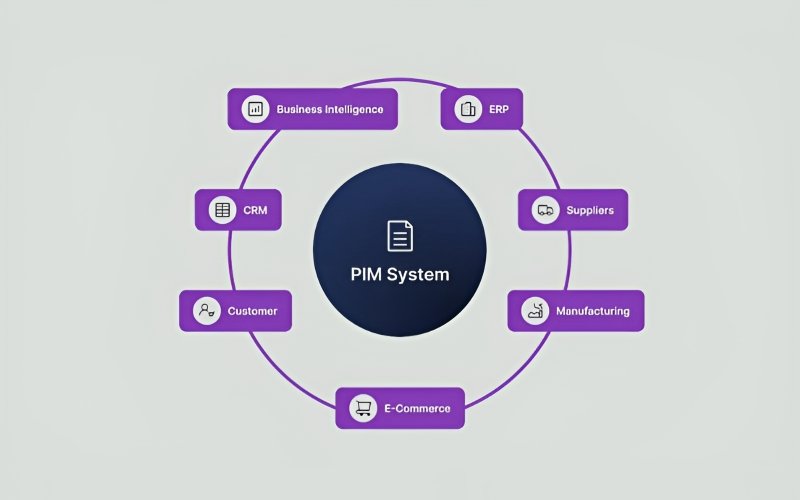
6. FAQs about size charts foronline retailers
6.1 What’s the biggest mistake online retailers make with size charts?
Not using body measurements, not presenting visually, or tailoring the charts to the right product types or brands.
6.2 How often should I update my size charts?
Review and update your charts at least annually, particularly with new brands or product lines, or after receiving customer feedback related to returns.
6.3 Are international size conversions really necessary?
Yes, they are highly recommended for international customers.
6.4 What are some cost-effective ways to improve my size charts without expensive technology?
The best ways are to focus on providing clarity, using accurate body measurements, adding simple visual aids, providing clear instructions, and collecting customer feedback.
6.5 How can I use size chart data to further improve my business?
Analyze return data related to sizing, use customer feedback to refine charts, and address any sizing-related inquiries to make your charts more helpful.
7. Packlove – Your partner in garment labeling and size chart success
Packlove has more than eight years of experience in the garment industry. We specialize in providing custom clothing labels and tags. We understand the importance of accurate product information, and we help clients with that. Whether you’re looking for high-quality labels or tags, Packlove is here to help. Need help with your garment labels and tags? At Packlove, we understand the details matter. Contact us today to discuss your labeling needs and how we can support your brand’s success.
Visit our website at https://mypacklove.com/ or contact us at [email protected] to explore our options and contact us for a free consultation.
Read more:
Accurate and user-friendly size charts are a key element of online retail success, so it’s important to follow size chart best practices. Let Packlove help you find the perfect solutions to elevate your brand.






















